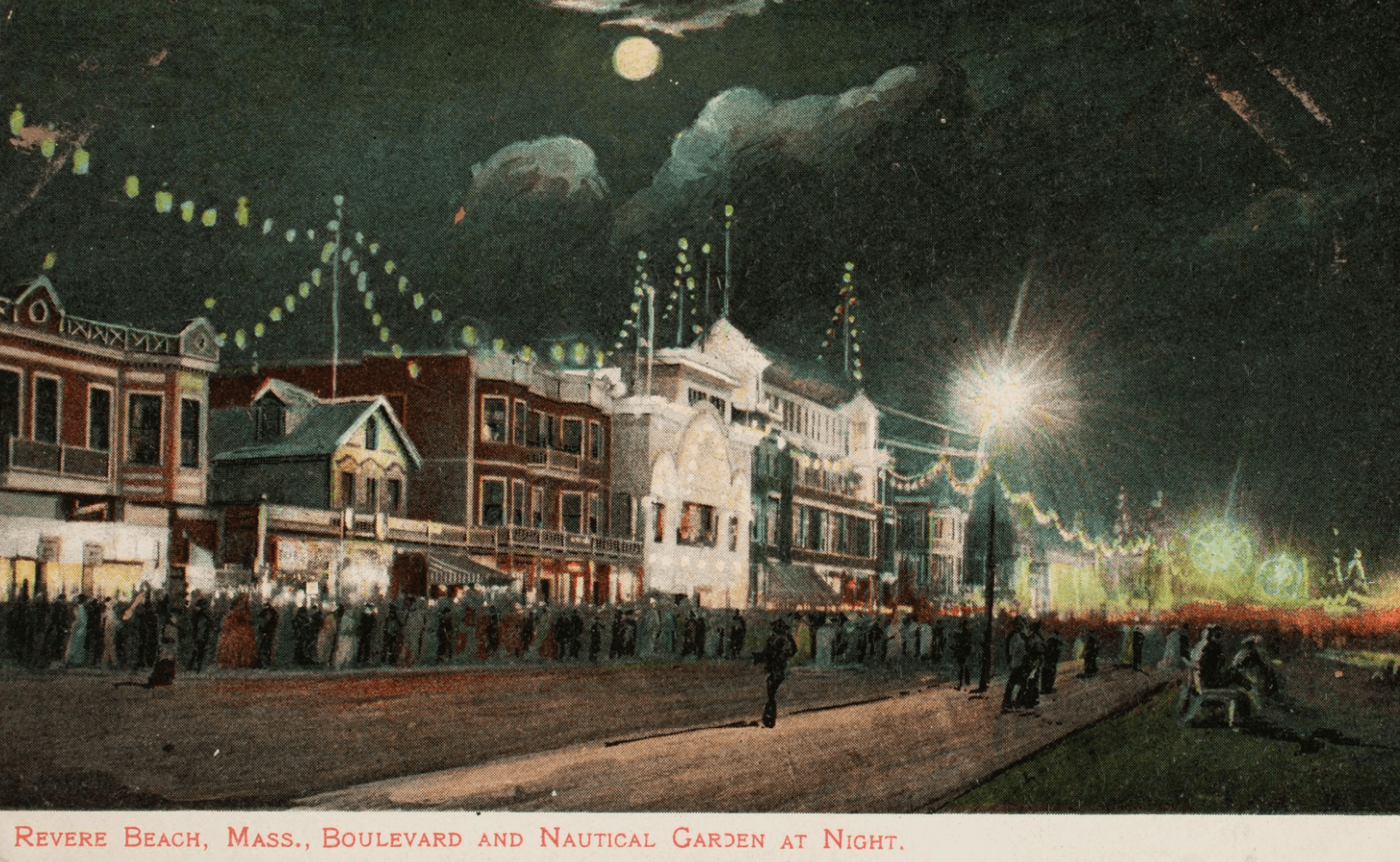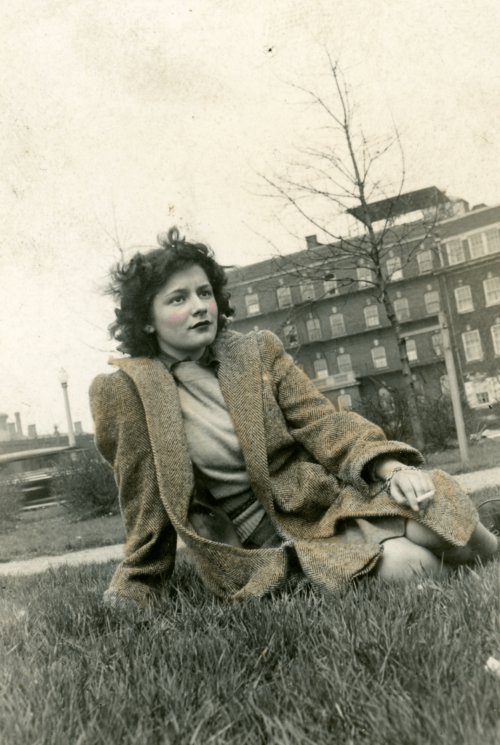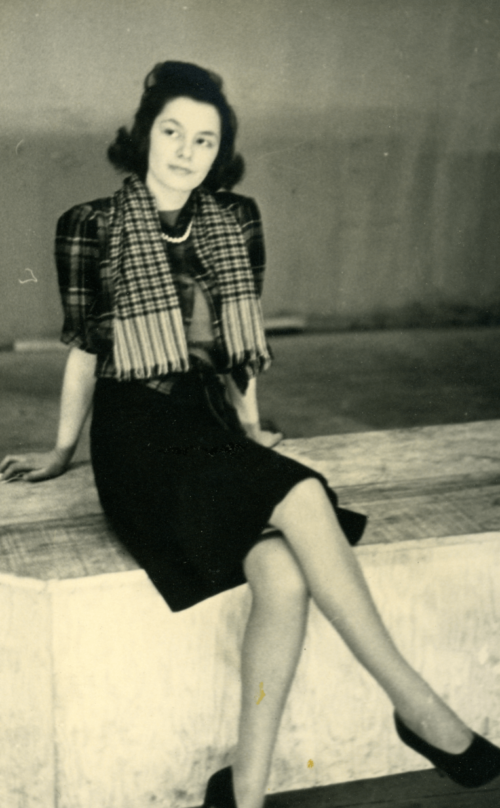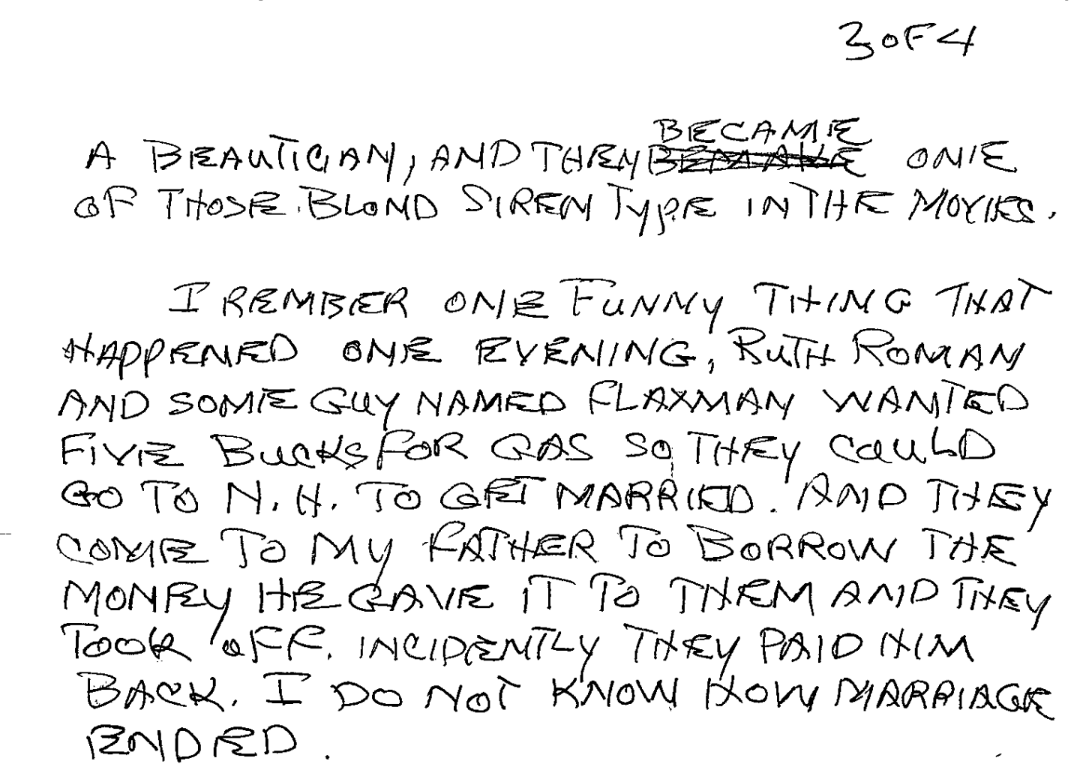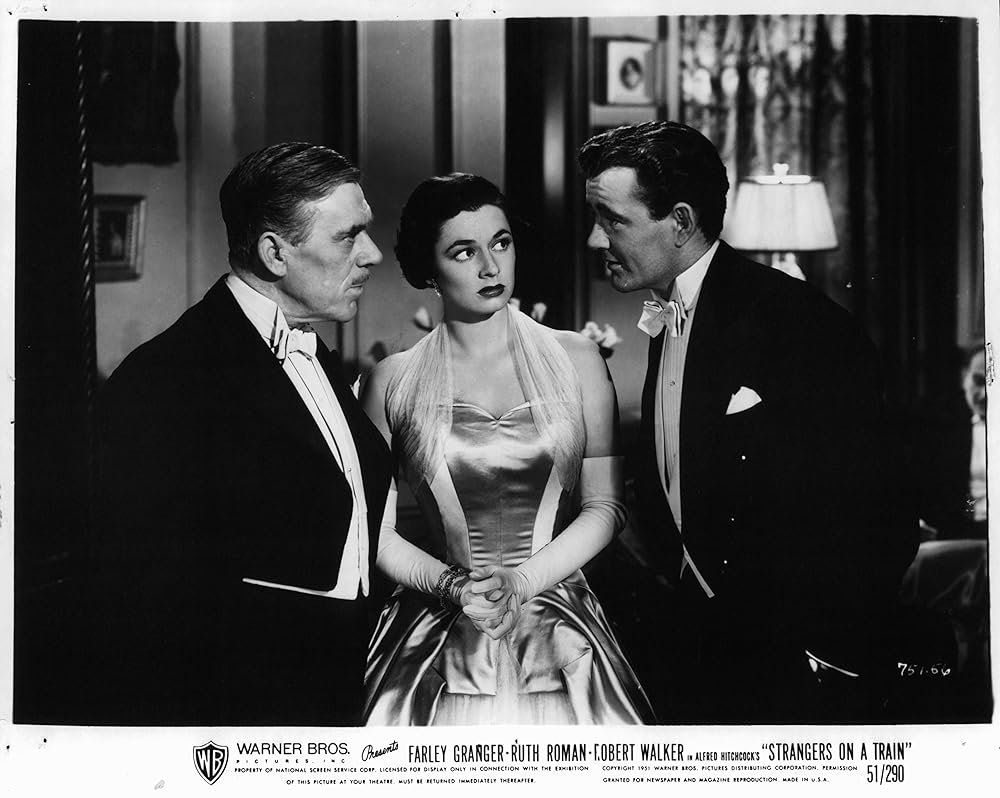Ruth Roman
Ruth Roman (1922-1999) was raised in the West End, her Jewish-Lithuanian family moving from tenement to tenement. Her fledgling interest in acting was nurtured at the Elizabeth Peabody Settlement House in the West End, where Ruth’s flare for the dramatics led to leading roles at its playhouse. While she is today remembered as a Hollywood film star – with standout roles in Lightning Strikes Twice (1951), Strangers on a Train (1951), and Tomorrow Is Another Day (1951) – the roots of her career can be found in the West End neighborhood.
Ruth Roman was born December 22, 1922 in Lynn, Massachusetts, the youngest of the three daughters of Anthony K. Roman and Mary Pauline Gold. Both Anthony and Mary were born in Vilnius, Lithuania and had immigrated to the United States independently of each other. They were married by Rabbi Hyman Glaser in 1916, and at the time were living at 60 Chambers Street in the West End. Ruth was originally named Norma, but after a fortune teller told Mary this was an unlucky name, she was renamed to Ruth.
As the family grew in size, the Romans decided to start a business of their own, and they bought a carnival pitch on Revere Beach. Anthony ran the carnival, and Mary (also known as Suky) was a talented dancer. Ruth had fond memories of her upbringing at the carnival, where she was a knife-thrower: “It wasn’t a very big one or a very fancy one, but it was the most exciting thing in the world to me.”
Unfortunately, Ruth’s days at the carnival ended in 1930 with her father’s premature death – Ruth was only seven at the time. Mary moved her family back to the West End, where they were forced to move from tenement to tenement as she struggled to pay the rent. She picked up odd jobs as a cleaning woman, seamstress, waitress, and laundress. Despite her family’s struggles, Ruth remembered her early years as largely happy: “It wasn’t dreary at all. When you start out poor, you don’t know what you’re missing. I’ve never met a family, rich or poor, that had a happier life than we did together.” Ruth played tennis, swam in the Charles River, and soon began acting at the Elizabeth Peabody Settlement House.
While young Ruth thought school to be dull – she attended the William Blackstone School in the West End – she found respite in these after-school productions at the Peabody House, a settlement house that provided educational and social services for the West End’s children and immigrant population. From around age eight, she performed in one-act plays, often dressed as a pixie or elf, for local children and their parents. Soon, she began to take on many lead roles at the Peabody House theater. As Alice McIntire, assistant head worker at the settlement house, recalled in 1948: “Knife throwing wasn’t enough for Ruth. She was interested in dramatics and we encouraged her… Ruth always insisted her big ambition, her only ambition really, was to be in the movies… She was a quick study in dramatics and took directions beautifully, even as a child.”
Upon graduation from the Blackstone, Ruth attended the Girls’ High School in Boston, which she found equally boring. She would frequently skip classes to go to the movie theater, where she became particularly enthralled by Bette Davis’ acting acumen. Her sophomore year, Ruth dropped out of high school, and joined the New England Repertory Company and later Emily Perry’s Bishop Lee Theatre School on Mount Vernon Street, which she earned a scholarship for. Here, she attended workshops, toured local theaters, and attempted to get rid of her Boston accent.
In 1939, at the age of sixteen, Ruth married Jack Flaxman. The Flaxmans also lived in the West End, on Lowell Street and later at 32 McLean Street. While Jack was serving in World War II, Ruth lived with the Flaxmans at their family home. While the couple’s marriage did not last long – they divorced in 1941 – it got Ruth out of her own family’s home and, when the relationship ended, she decided to move to New York. Although she did not land any Broadway roles as she had hoped, Ruth did get her first break as an extra in the 1943 film Stage Door Canteen. After a few difficult years in New York, she scraped together $200 and moved to Los Angeles.
After her breakout role opposite Kirk Douglas in Stanley Kramer’s Champion (1949), Warner Brothers gave her starring roles in nine films in less than two years, including in Lightning Strikes Twice (1951), Strangers on a Train (1951), and Tomorrow Is Another Day (1951). From 1948 to 1965, Ruth appeared in over 30 movies, and in the ‘60s, ‘70s, and ‘80s in numerous television shows. Toward the end of her career, the West-End-raised star looked back at her winding-yet-successful path: “Thank God for giving me a career – or a hobby as I call it – in acting. It’s so much fun… I’ve had such a ball.”
Article by Grace Clipson, edited by Bob Potenza.
Sources: Karen Burroughs Hannsberry, Femme Noir: Bad Girls of Film (Jefferson, NC: McFarland, 1998); William Honan, “Ruth Roman, 75 Glamorous and Wholesome Star, Dies: Even Dressing Up to Play the Floozy, She was Assigned to Play the Demure Wife,” New York Times, Sep 11, 1999; “Ruth Roman Accepts New Role,” The Morning News, Jan. 16, 1986; Derek Sculthorpe, Ruth Roman: A Career Portrait (Jefferson, NC: McFarland, 2022); The West Ender, July 1994 & December 1999.


